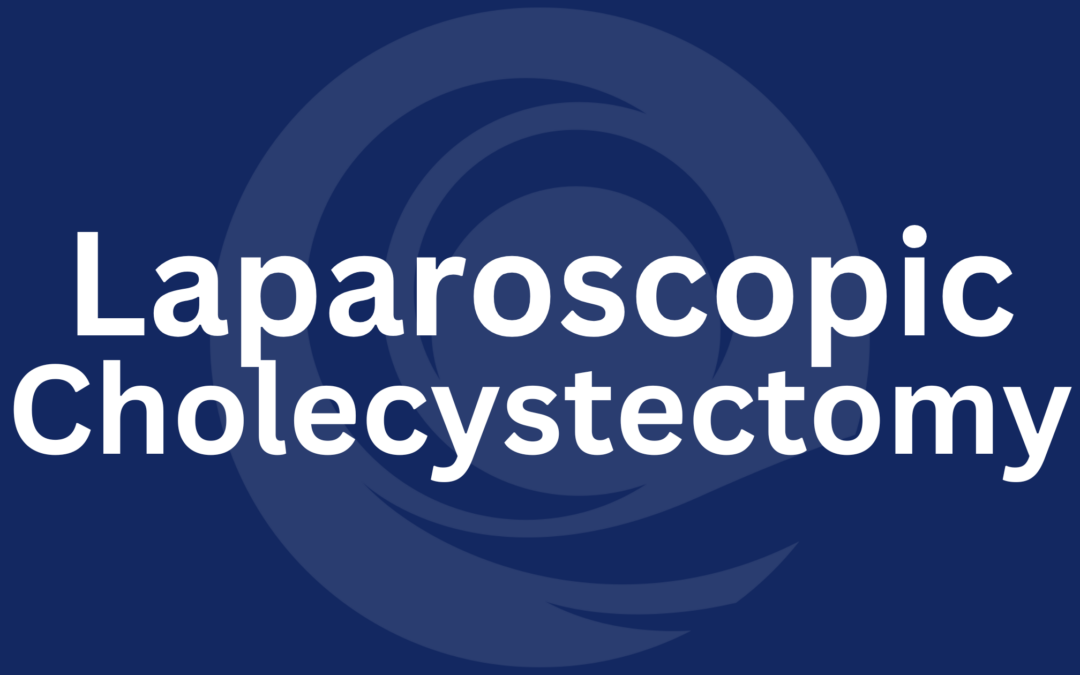What is Laparoscopic Cholecystectomy
Laparoscopic cholecystectomy is a minimally invasive surgical procedure used to remove the gallbladder in pets. It is most commonly performed when the gallbladder becomes diseased, such as in cases of gallbladder mucocele, chronic inflammation, or obstruction due to gallstones.
Unlike traditional open surgery, laparoscopy involves only small incisions, specialized instruments, and a camera, resulting in less pain, faster recovery, and reduced complications.
A Brief History of Laparoscopic Cholecystectomy in Veterinary Medicine
🔬 Early Gallbladder Surgery (Pre-1990s): Traditionally, gallbladder removal (cholecystectomy) was performed through open abdominal surgery (laparotomy). While effective, this method carried higher risks of infection, longer recovery times, and increased postoperative pain.
📈 Introduction of Laparoscopy in Human Medicine (1980s): The first laparoscopic cholecystectomy in humans was performed in 1985, revolutionizing gallbladder surgery by dramatically reducing recovery times and surgical risks.
🐾 Adaptation in Veterinary Medicine (2000s-Present): With advancements in veterinary surgical techniques and equipment, laparoscopic cholecystectomy became a viable option for dogs and cats. It is now the preferred technique in experienced veterinary centres for gallbladder disease.
When is Laparoscopic Cholecystectomy Recommended?
A veterinarian may recommend gallbladder removal in cases of:
✔️ Gallbladder Mucocele – A life-threatening condition where the gallbladder fills with thick mucus, risking rupture.
✔️ Gallstones (Cholelithiasis) – Hardened deposits that can obstruct bile flow.
✔️ Cholecystitis – Chronic gallbladder inflammation due to infection or immune disorders.
✔️ Biliary Obstruction – Blockages in the bile ducts that can lead to jaundice and liver damage.
✔️ Gallbladder Tumors – Rare, but when present, removal may be necessary.
If left untreated, gallbladder disease can lead to rupture and peritonitis, a potentially fatal condition.
How is the Procedure Performed?
Laparoscopic cholecystectomy is performed under general anaesthesia and involves the following steps:
1️⃣ Preoperative Imaging & Bloodwork: A vet will conduct ultrasound and blood tests to assess gallbladder function and rule out liver involvement.
2️⃣ Small Incisions: Typically, 2–3 small incisions are made in the abdomen.
3️⃣ Insertion of a Laparoscope: A tiny camera (laparoscope) is inserted, providing a magnified view of the gallbladder.
4️⃣ Gallbladder Dissection & Removal: Specialized instruments carefully detach the gallbladder from the liver and surrounding structures.
5️⃣ Closure: The incisions are closed with sutures or surgical glue.
The entire procedure typically takes 60–90 minutes.
Benefits of Laparoscopic Cholecystectomy Over Traditional Surgery
✔️ Minimally Invasive: Smaller incisions mean reduced tissue trauma.
✔️ Faster Recovery: Pets recover 2–3 times faster than with open surgery.
✔️ Less Pain & Lower Infection Risk: Smaller wounds mean less postoperative pain and a lower chance of infection.
✔️ Superior Visualization: The laparoscope provides a high-definition, magnified view, improving surgical precision.
Potential Risks and Considerations
While laparoscopic cholecystectomy is safer than open surgery, some risks remain, including:
⚠️ Anesthesia Risks: Pets with liver disease or severe illness may have increased risks.
⚠️ Bile Duct Injury: A rare but serious complication that could require further surgery.
⚠️ Conversion to Open Surgery: In severe cases, if complications arise, vets may need to switch to an open approach.
What are the Alternatives?
If surgery is not an option, other approaches include:
📌 Medical Management: Dietary changes and medications (e.g., ursodeoxycholic acid) may help in mild cases. However, this is not a long-term cure for severe disease.
📌 Interventional Endoscopy: In select cases, gallstones or bile duct obstructions may be treated with endoscopic laser ablation instead of full gallbladder removal.
However, if the gallbladder is diseased beyond repair, surgery remains the best option.
Final Thoughts
Laparoscopic cholecystectomy represents a huge advancement in veterinary surgery, offering pets a safer, less painful, and more efficient option for gallbladder removal. As laparoscopy evolves, more veterinary hospitals are adopting this technique to improve patient outcomes.
If your pet has been diagnosed with gallbladder disease, ask your veterinarian whether laparoscopic surgery is an option!

